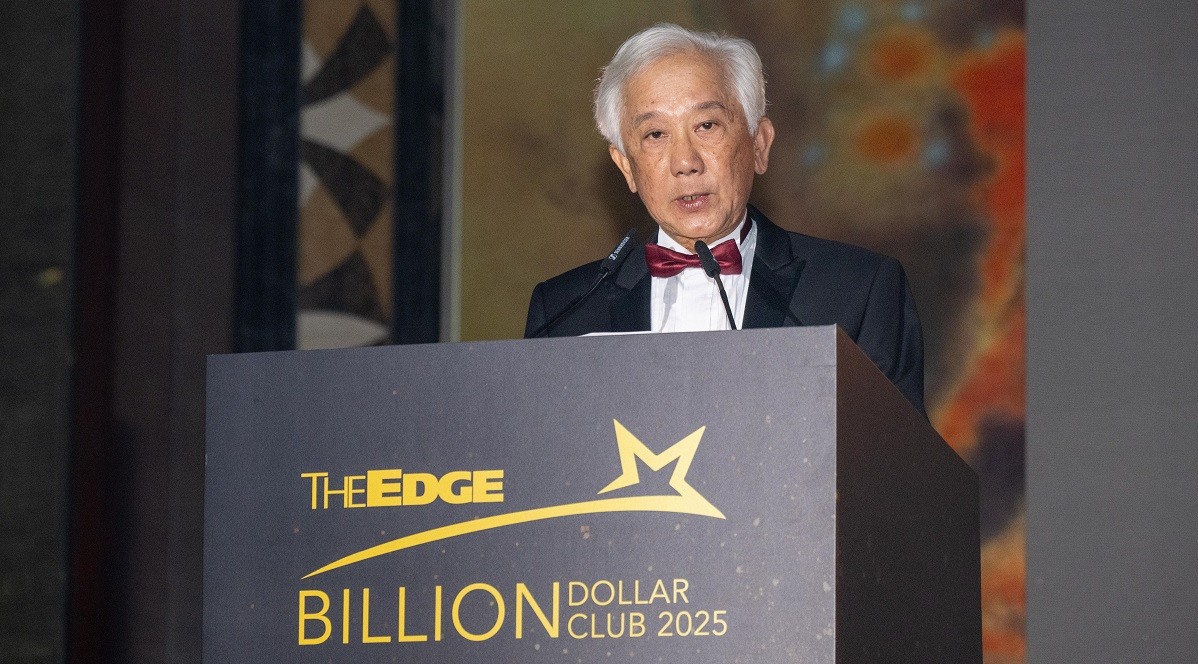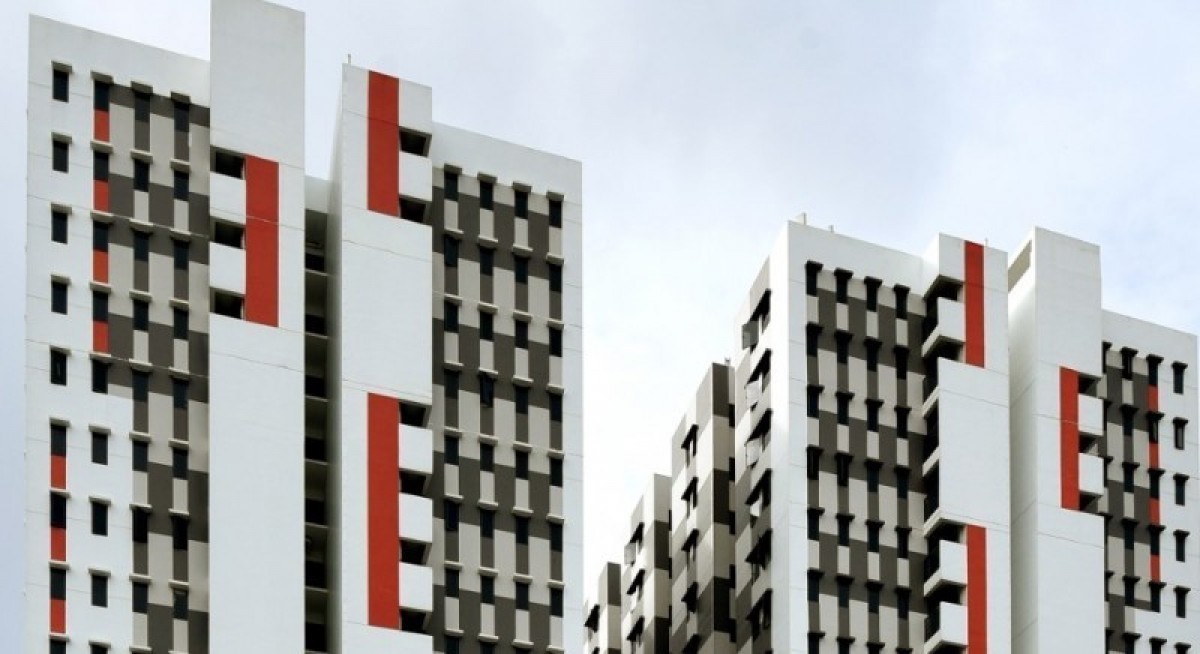Venturing into new markets
Kong shares that the team is venturing into the Middle East, where it currently has no presence. The group is also looking to expand its build-to-rent (BTR) accommodation portfolio, which currently accounts for 0.6% of its portfolio as at the end of June. Centurion has one operating asset in Xiamen, China, with a capacity of around 400 apartments. It entered the asset class in September 2024 through a joint venture with Xiamen City Home Apartment Management Co (City Home).See also: A rejuvenated Singapore market, a reset for The Edge Singapore
See also: From momentum to transformation: Building a relevant stock market









.jpg)
